Israeli forces struck the southern Gaza town of Rafah, at the Egyptian border, many times overnight, residents said Thursday, sowing fear in one of the last places where civilians could seek refuge after Israel widened its offensive against Hamas to areas already packed with displaced people.
United Nations officials say there are no safe places in Gaza. Heavy fighting in and around the southern city of Khan Younis has displaced tens of thousands of people in a territory where over 80% of the population has already fled their homes, and cut most of Gaza off from deliveries of food, water and other vital aid.
Quick Read
- Renewed Airstrikes in Rafah: Israeli forces conducted many overnight strikes in Rafah, the last Southern city at the Egyptian border, intensifying fears among civilians. The area had been one of the few refuges for those fleeing the conflict.
- No Safe Havens in Gaza: The United Nations reports that there are no safe places left in Gaza, as the conflict reaches critical areas. The fighting in Khan Younis has caused a massive displacement, severely impacting Gaza’s humanitarian situation.
- International Alarm and U.N. Intervention: The extended conflict has triggered global concern, with U.N. Secretary-General Antonio Guterres stepping in to alert the Security Council about the looming humanitarian crisis and pushing for a ceasefire.
- U.S. Stance: The United States has urged Israel to reduce civilian casualties, but also continues to support Israel, likely to oppose U.N. efforts for a ceasefire.
- Israel’s Focus on Khan Younis: Israeli forces have penetrated Khan Younis, deemed a strategic location and linked to top Hamas leaders. Israel’s goal is to dismantle Hamas following their initial attack on October 7.
- Displacement Crisis: The call for evacuation in southern neighborhoods, as opposed to the entire region like in the north, reflects Israel’s increased concern for civilians. However, with limited safe zones, the displacement crisis is worsening.
- Continued Strikes in Rafah: Despite being a designated safe area, Rafah has experienced Israeli airstrikes, causing casualties and exacerbating fears among residents.
- Casualties and Displacement: Over 16,200 people have been killed and more than 42,000 wounded in Gaza, with the majority being women and children. The conflict has displaced over 80% of Gaza’s population.
- Battles in Key Areas: Intense fighting continues in Khan Younis and Jabaliya, with Israeli forces targeting Hamas fighters and positions, and Hamas continuing to engage in combat.
- Humanitarian Crisis Escalation: With Rafah now under threat, the situation for displaced people is dire. Aid distribution is limited to Rafah, causing severe shortages of essentials like food and water.
- Fuel and Electricity Shortage: The lack of electricity and restricted fuel imports are impacting essential services in Gaza. Netanyahu has approved limited fuel deliveries to prevent further crises.
- International Response: The global community is increasingly concerned about the humanitarian crisis in Gaza, with calls for immediate action and intervention to prevent further escalation.
The Associated Press has the story:
Gaza’s Rafah at Egyptian border, where Palestinians were displaced, under heavy Israeli strikes
Newslooks- RAFAH, Gaza Strip (AP)
Israeli forces struck the southern Gaza town of Rafah, at the Efyptian border, many times overnight, residents said Thursday, sowing fear in one of the last places where civilians could seek refuge after Israel widened its offensive against Hamas to areas already packed with displaced people.
United Nations officials say there are no safe places in Gaza. Heavy fighting in and around the southern city of Khan Younis has displaced tens of thousands of people in a territory where over 80% of the population has already fled their homes, and cut most of Gaza off from deliveries of food, water and other vital aid.
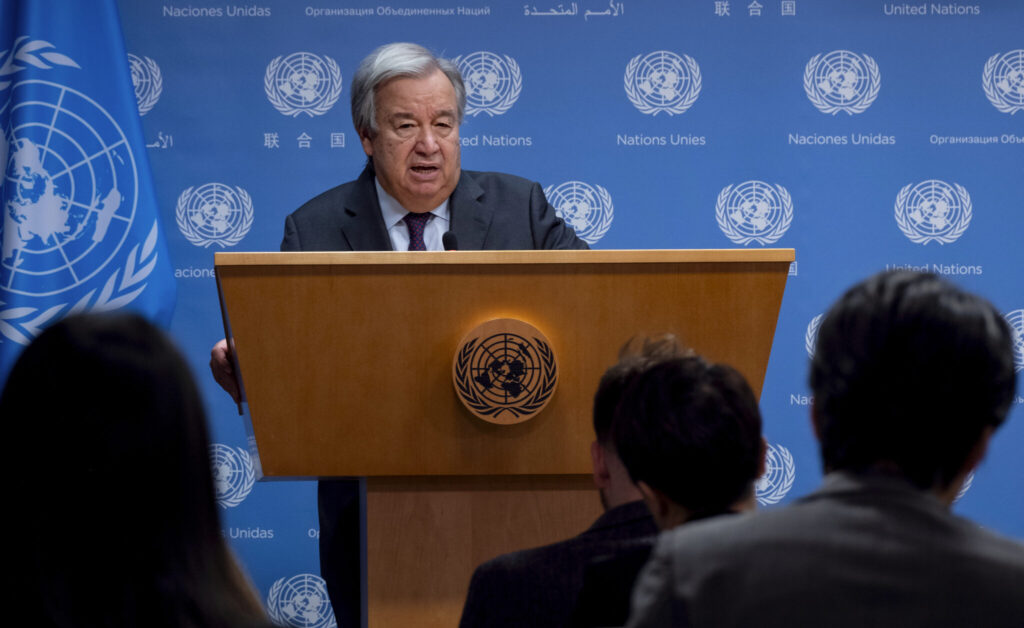
Two months into the war, the grinding offensive has set off renewed alarms internationally, with U.N. Secretary-General Antonio Guterres using a rarely exercised power to warn the Security Council of an impending “humanitarian catastrophe” and urging members to demand a cease-fire.
The United States has called on Israel to limit civilian deaths and displacement, saying too many Palestinians were killed when it obliterated much of Gaza City and the north. But it has also pledged unwavering support for Israel and appears likely to block any such U.N. effort to halt the fighting.
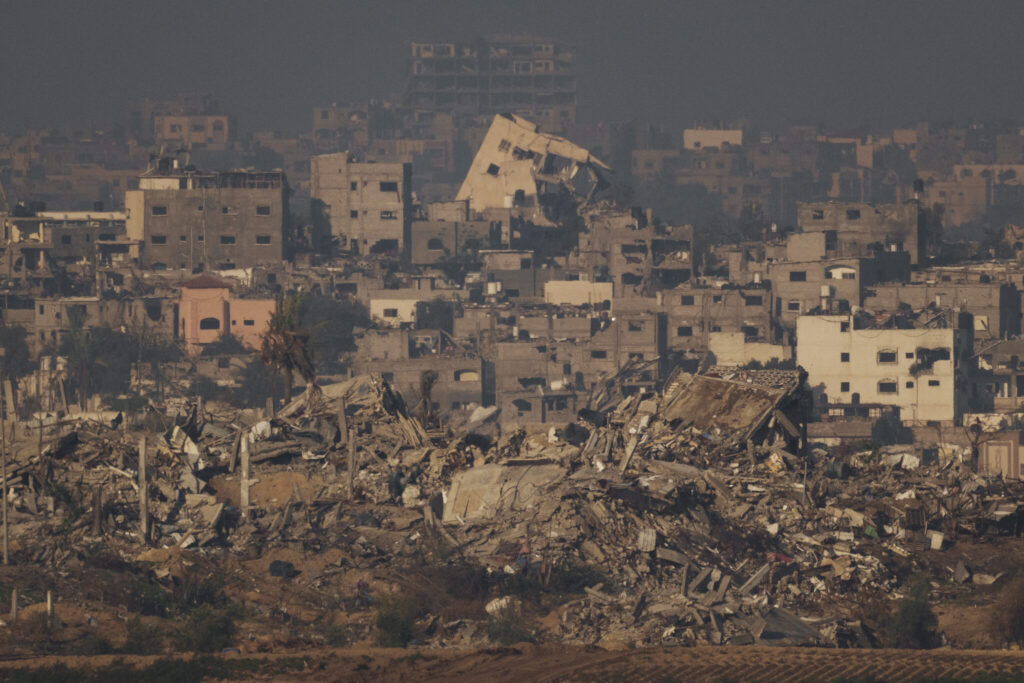
Israel says it must crush Hamas’ military capabilities and remove it from power following the Oct. 7 attack that ignited the war. Troops have pushed into Khan Younis, Gaza’s second-largest city, which Israeli officials have portrayed as Hamas’ center of gravity — something they previously said was in Gaza City and its Shifa Hospital.
Israel has ordered the evacuation of some two dozen southern neighborhoods, rather than the entire region as it did in the north, which the military says shows increased concern for civilians.
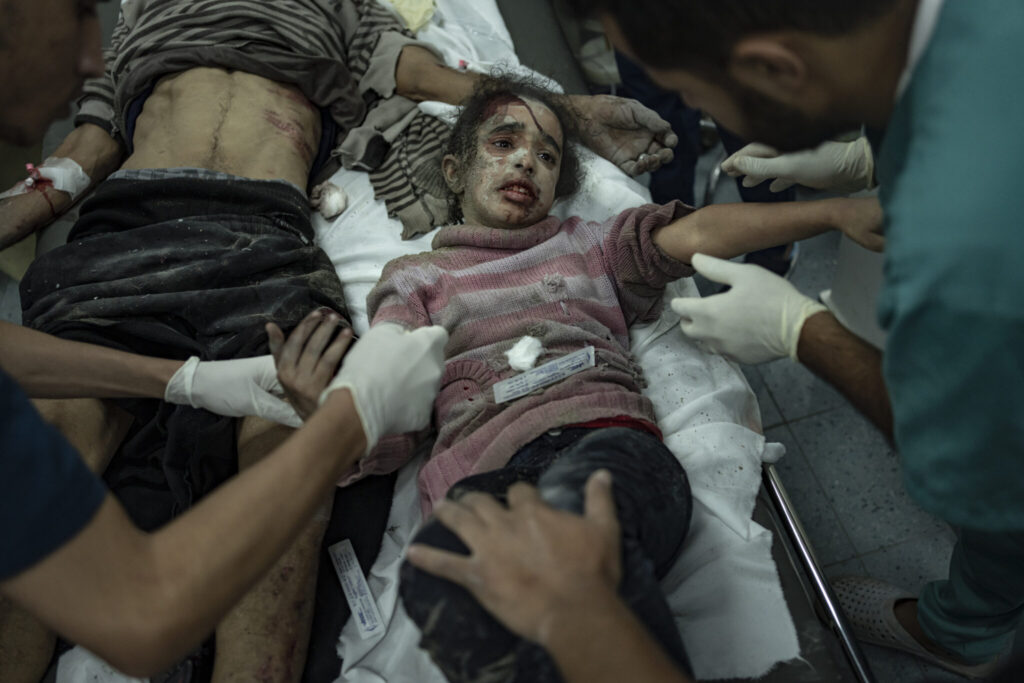
But the areas where Palestinians can seek safety are rapidly receding. With northern and central Gaza largely isolated and cut off from aid, Palestinians are heading south to Rafah and other areas along the border with Egypt, where family homes are packed tight and makeshift shelters are overflowing.
Even there, safety has proven elusive, as Israel continues to strike what it says are Hamas targets across the coastal enclave.
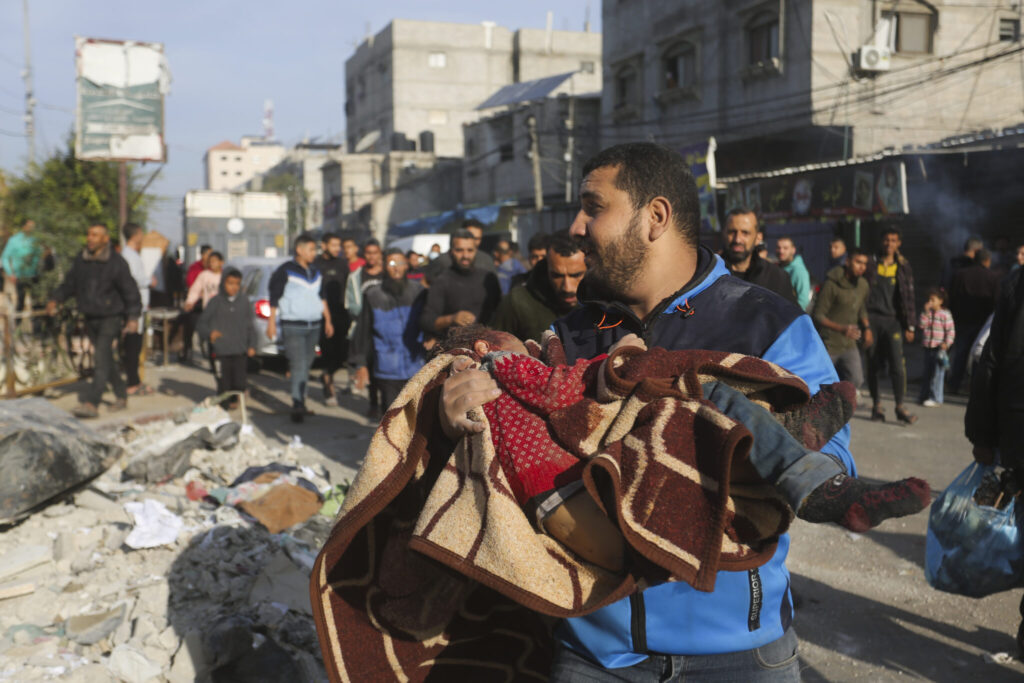
A strike late Wednesday leveled a home in Rafah, sending a wave of wounded streaming into a nearby hospital. Eyad al-Hobi, who witnessed the attack, said around 20 people were killed, including women and children. Another house was hit early Thursday, residents said.
“We live in fear every moment, for our children, ourselves, our families,” said Dalia Abu Samhadaneh, now living in Rafah with her family after fleeing Khan Younis. “We live with the anxiety of expulsion.”
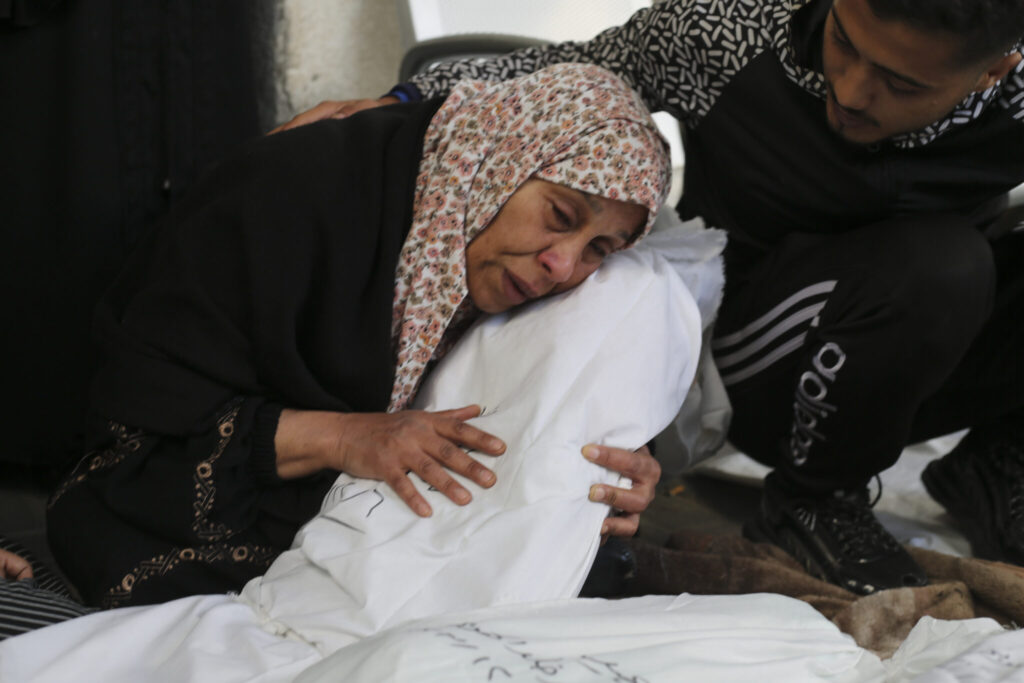
The military meanwhile accused militants of firing rockets from open areas near Rafah in the humanitarian zone. It released footage of a strike Wednesday on what it said were launchers positioned outside the town and a few hundred meters (yards) from a U.N. warehouse.
BATTLES IN NORTH AND SOUTH
The U.N. says some 1.87 million people — over 80% of the population of 2.3 million — have already fled their homes, many of them displaced multiple times.
Israel’s campaign has killed more than 16,200 people in Gaza — most of them women and children — and wounded more than 42,000, according to the territory’s Health Ministry, which says many others are trapped under rubble. The ministry does not differentiate between civilian and combatant deaths.
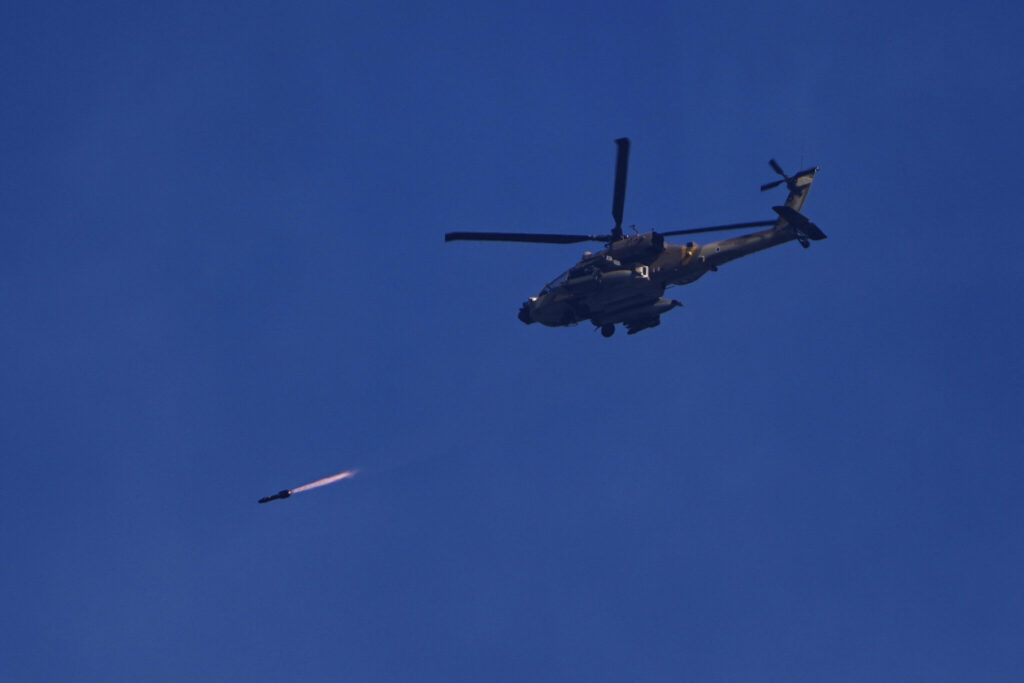
Doctors Without Borders, the international aid group, said another 115 bodies arrived at the Al-Aqsa Martyrs Hospital in the central town of Deir al-Balah in a 24-hour period.
“The hospital is full, the morgue is full,” the group said on X, formerly known as Twitter.
The military said Thursday that it struck dozens of militant targets in Khan Younis, including a tunnel shaft from which fighters had launched an attack. It said two of the attackers were killed.
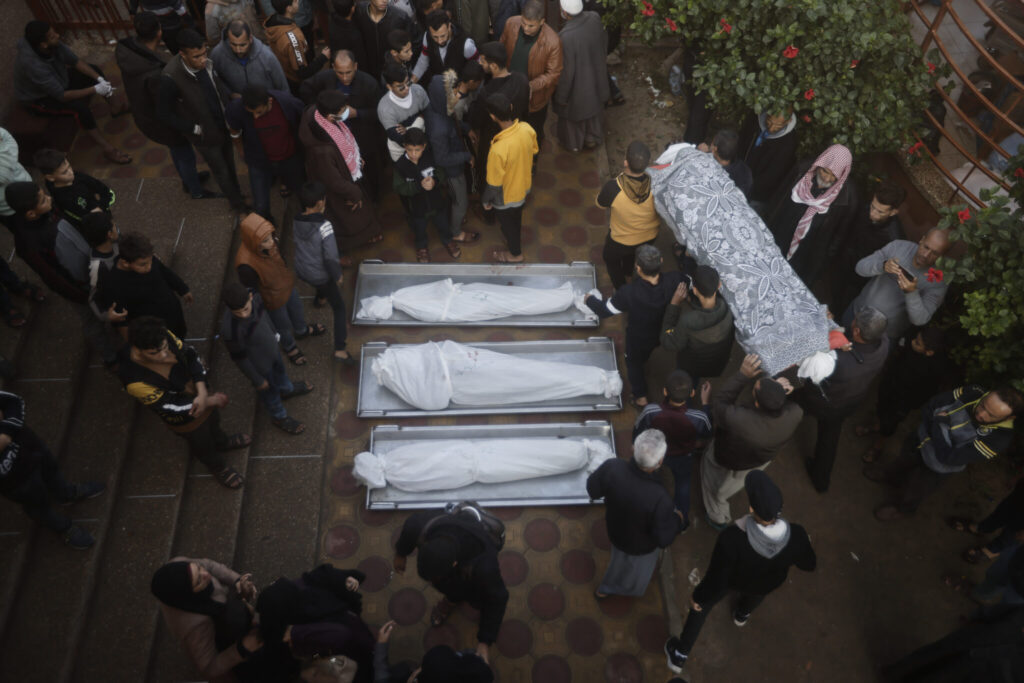
Hamas and other militants killed about 1,200 people, mostly civilians, in the Oct. 7 attack that triggered the war, and took some 240 people hostage. An estimated 138 hostages remain in Gaza, mostly soldiers and civilian men, after 105 were freed during a cease-fire in late November.
A built-up refugee camp inside Khan Younis was the childhood home of Hamas’ top leader in Gaza, Yehya Sinwar, and the group’s military chief, Mohammed Deif, as well as other Hamas leaders — though their current whereabouts are unknown.
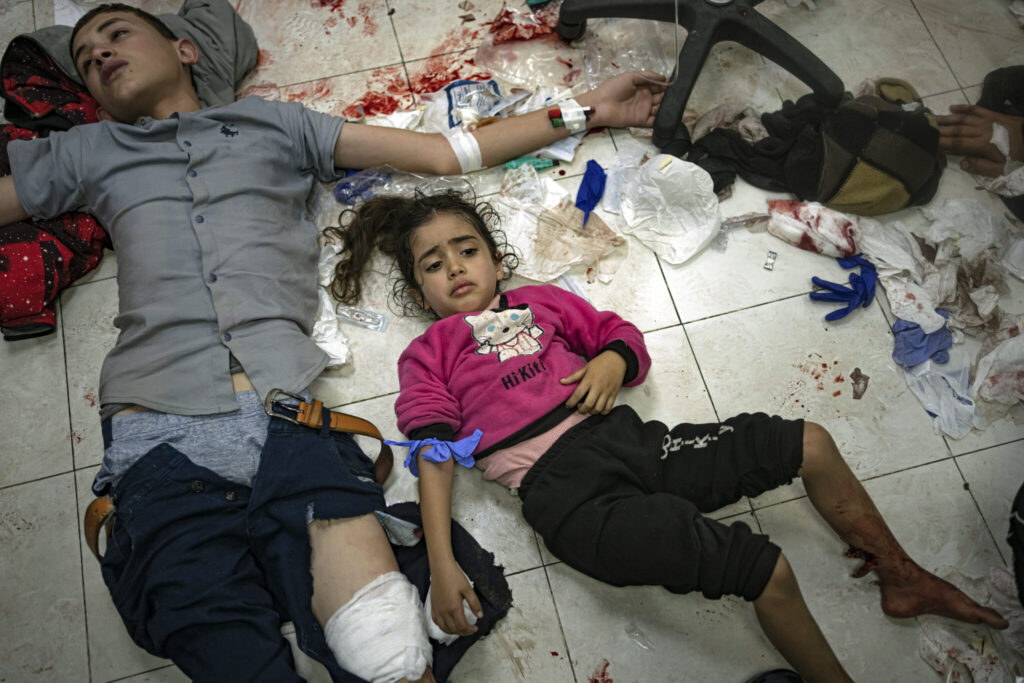
Heavy fighting is also still underway in the Jabaliya refugee camp in northern Gaza, even after two months of heavy bombardment and encirclement by ground troops. The military said troops raided a militant compound, killing “a number” of fighters and uncovering a network of tunnels.
It was not immediately possible to confirm the latest reports from the battlefield.
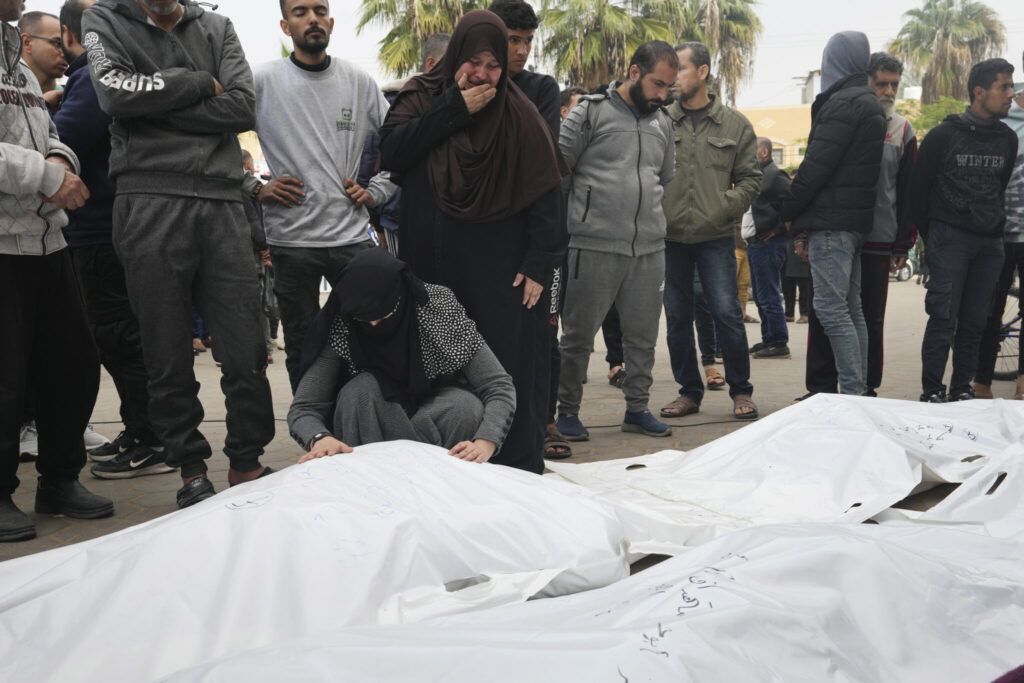
Israel blames the high civilian death toll on Hamas, accusing it of using civilians as human shields when the militants operate in residential areas. But Israel has not given detailed accounts of its individual strikes, some of which have leveled entire city blocks.
The military says 87 of its soldiers have been killed in the Gaza ground offensive. It also says some 5,000 militants have been killed, without saying how it arrived at its count.
HUMANITARIAN CRISIS WORSENS
Tens of thousands of people have fled from Khan Younis and other areas to Rafah, on Gaza’s southern border with Egypt, the U.N. said. Rafah, normally home to around 280,000 people, is already hosting more than 470,000 who fled from other parts of Gaza.
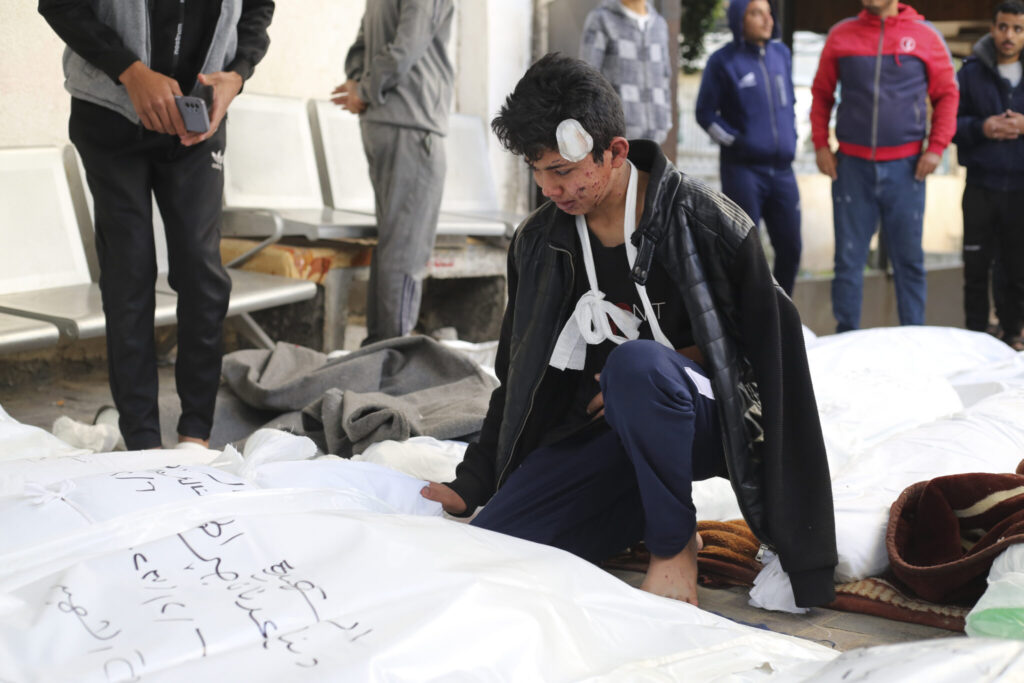
On the other side of the border, Egypt has deployed thousands of troops and erected earthen barriers to prevent any mass influx of refugees. It says an influx would undermine its decades-old peace treaty with Israel, and it doubts Israel will let them back into Gaza.
For days now, aid groups have only been able to distribute supplies in and around Rafah, and mainly just flour and water, the U.N.’s humanitarian aid office said. Access farther north has been cut off by fighting and Israeli forces closing roads.
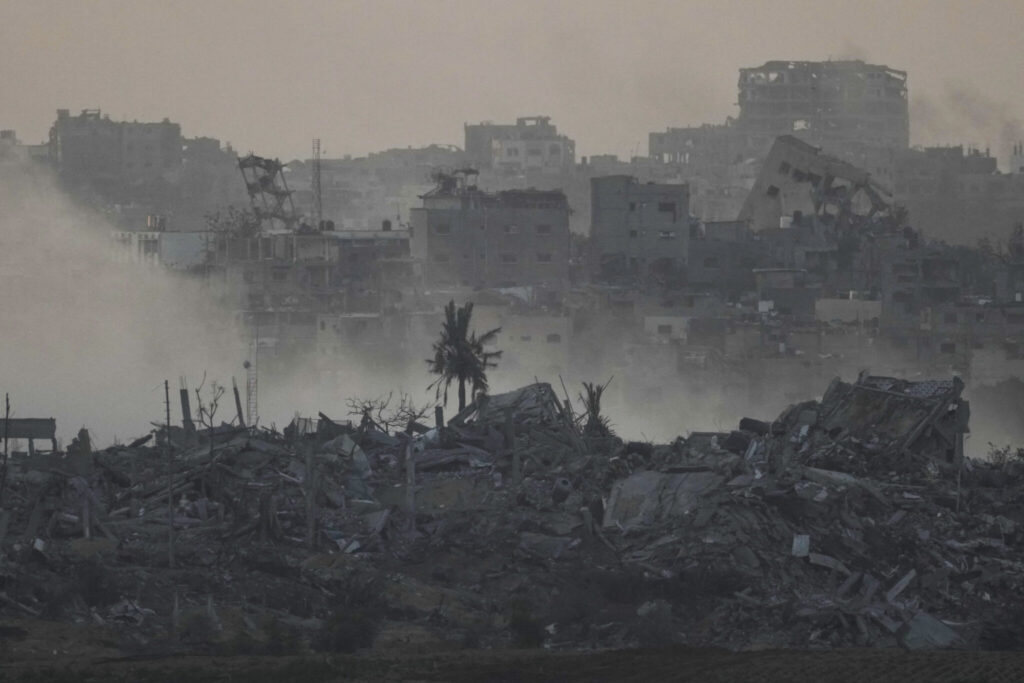
The World Food Program said a “catastrophic hunger crisis” threatens to “overwhelm the civilian population.”
Gaza has been without electricity since the first week of the war, and hospitals and water treatment plants have been forced to shut down for lack of fuel to operate generators. Israel allows a trickle of aid from Egypt but has greatly restricted imports of fuel, saying Hamas diverts it for military purposes.
Prime Minister Benjamin Netanyahu said Wednesday that Israel would allow small deliveries of fuel into the southern Gaza Strip “from time to time” to prevent the spread of disease. The “minimal amount” of fuel will be set by the war cabinet, he said.






